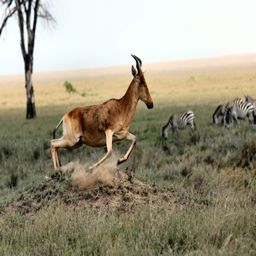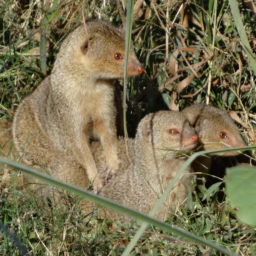Opposites
This is my blog page for the desert and ocean :)
This is my blog page for the desert and ocean :)
Oceans make up 71% of the Earth’s surface, and they exclusively hold saltwater. These oceans are only home to marine creatures, and there are no oceans in the world that are the primary home to any land-dwelling animals. Every area of the world has unique and colorful species of fish, mammals, and other wildlife. The ocean is a crucial part of the world’s ecosystems, and researchers have openly admitted that approximately 80% of the oceans are still unmapped and unexplored in 2021.

Pollution is a major threat to marine creatures around the world. As many as one million animals are killed each year from the trash and other debris that humans leave behind in the ocean. Conservation efforts are being made by companies like Ocean Conservancy and Oceana.
As of 2015, 15 different animals have got extinct so far, including the great auk and the Caribbean monk seal. Most of the animals were never photographed, leaving researchers only to guess what they may have once looked like.

Many open ocean organisms live out their existence without ever coming into contact with the shore, the seafloor, or the water’s surface. They spend their entire lives surrounded by water on all sides and do not know that anything else even exists. In the case of the deep open ocean, organisms never even see sunlight. As land mammals that breathe air, walk on land, and rely on our sense of sight for almost all functions, it is difficult for people (even experts) to comprehend that most of the organisms on the planet are never exposed to air, land, or sunlight.

Finally, organisms that live on the ocean floor (regardless of depth) are part of the benthos. Benthic ecosystems include coral reefs, seagrass beds, and other systems in shallow coastal areas and deep hydrothermal vents, the abyssal plain, and other systems in the deep sea.
Desert animals survive in some of the most brutal of Earths environments with amazing physical adaptions. Special bodies for special circumstances help keep creatures like the camel and the meerkat alive and well in habitats and conditions that seem inhospitable.

Well the adaptions of desert animals isn't as simple as handling the extreme heat, because although extreme temperatures occur, the definition of a desert is an environment with a lack of precipitation, a lack of water, not high temperatures. In fact, it can get very cold in the desert - and it can even snow!

Generally, low rainfall means limited growth potential for plant-life. Because there are less roots in the soil, the landscape becomes less permanent, and hills and dunes may be formed, moved and made to disappear by strong winds. Another idea about deserts is that they are barren, and unable to support life, but actually many people and animals live and thrive in many desert environments, having adapted in various fascinating ways to their special home.

The word "desert" may make you think of sand dunes and excruciating heat, but only about 1/4 of the world's deserts are covered in sand, and parts of Antarctica engulfed in freezing ice and snow actually qualify as desert. The factor that truly determines a desert is how dry it is, not how hot it is. There are two common explanations for what a desert is. The most common is an area that receives less than 10 inches of rain.